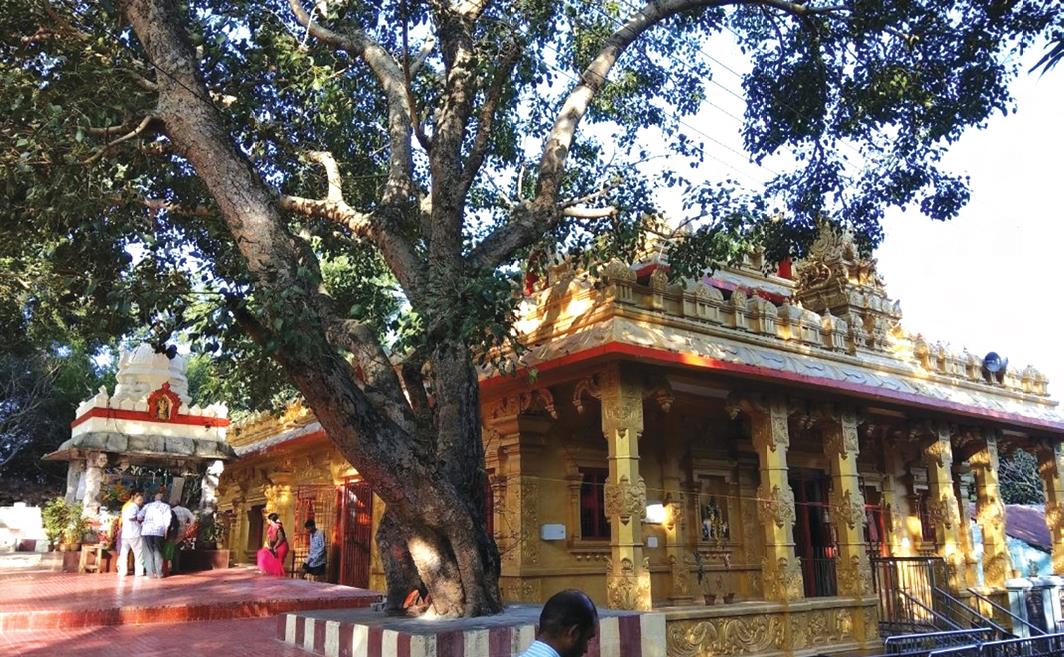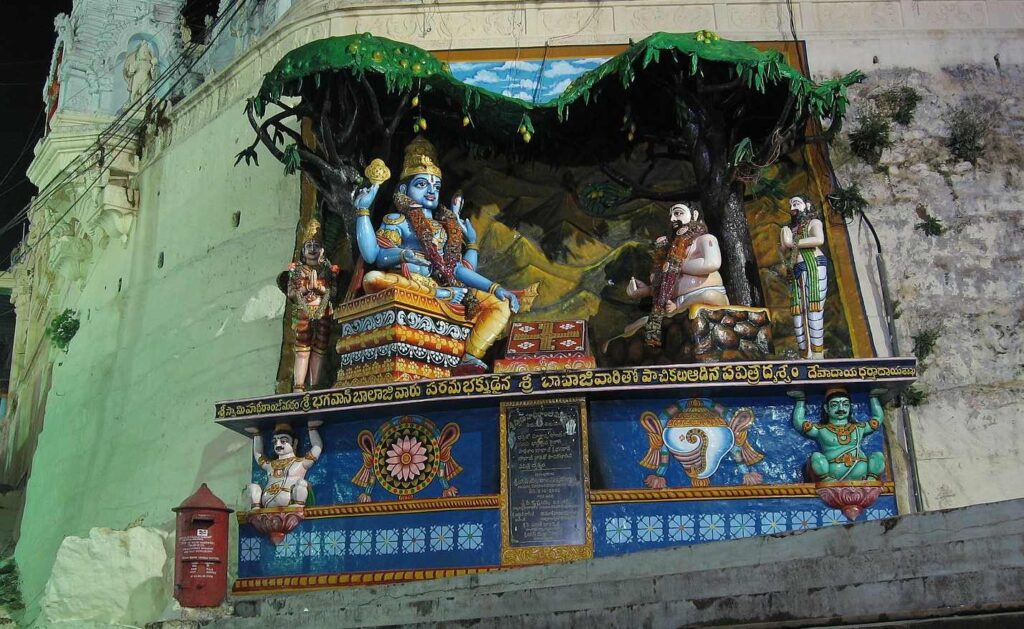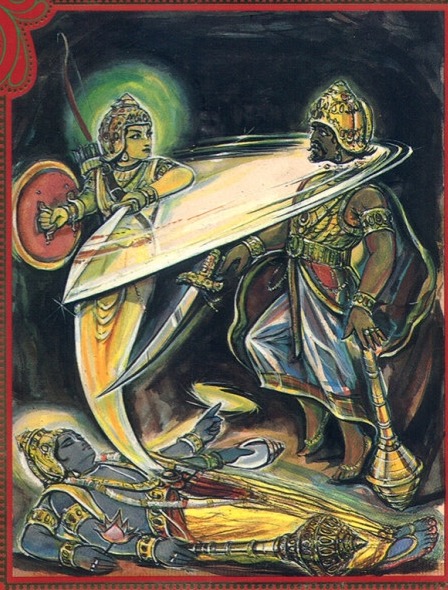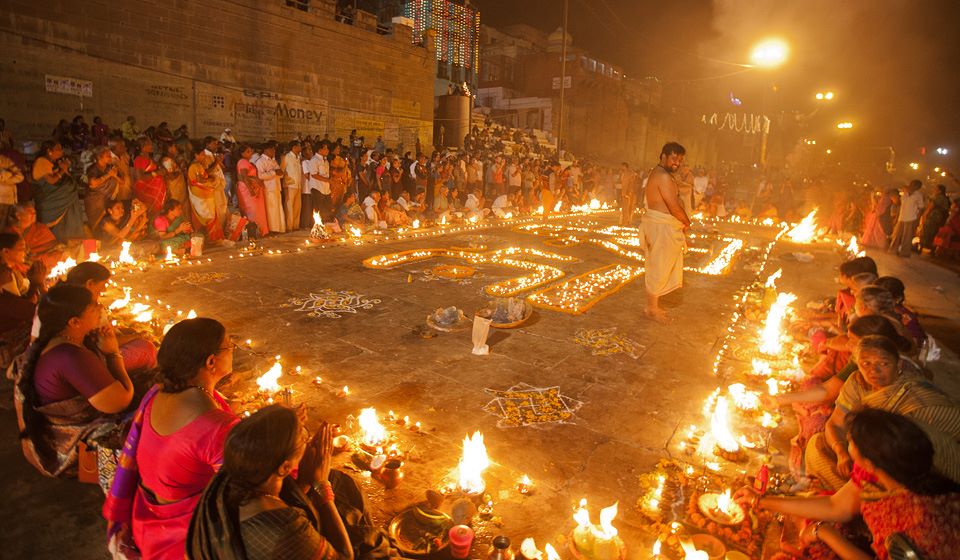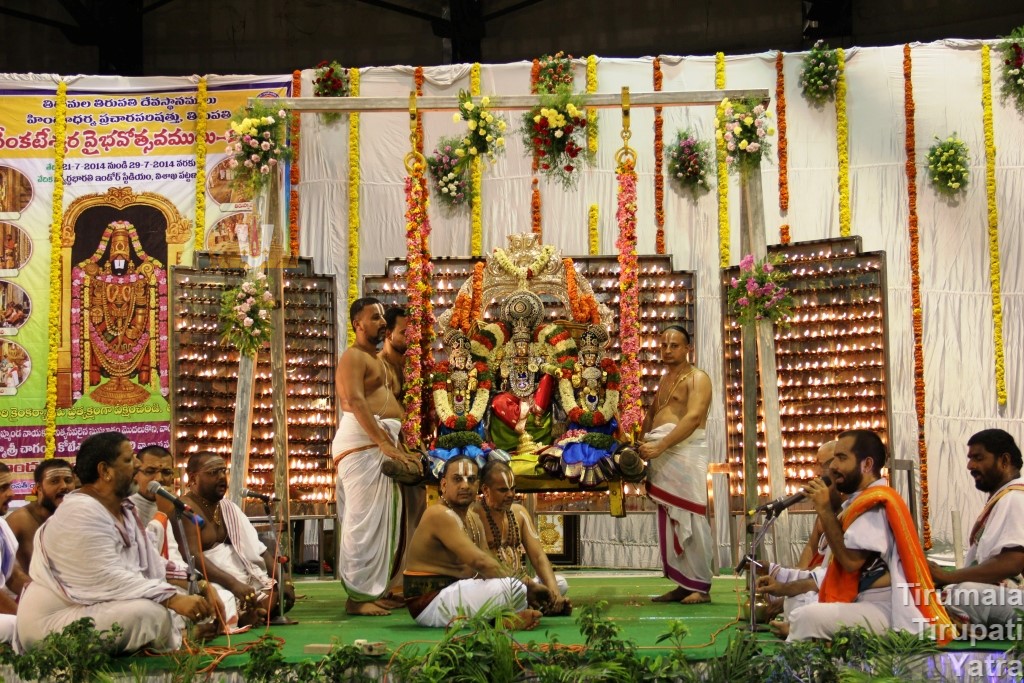Triphala (three fruits)
Triphala is an Ayurvedic herbal rasayana (compound) consisting of equal parts of three tropical trees, taken without seed,
- Bibhitaki (Terminalia bellirica – karaka), and
- Haritaki (Terminalia chebula – taadi) and
- Amalaki (Emblica officinalis – amla).
We can get rid of ordinary diseases as well as long-term illnesses by using this Triphala powder. Since this Triphala has the qualities of ambrosia, doctors call it as Triphala ambrosia for good health.
Purification of Blood
Mix 150 grams of Triphala powder with 50 grams of bavanchala powder (PsoraleaCorylifolia). Take 2 or 3 grams of this powder with honey twice a day in the morning and night. Additionally, mix this powder with curd and apply this cream on the affected areas of skin with ringworm, itching, psoriasis etc.
Immunity from Diseases
Take 60 grams each of Triphala powder, chinakalakanda powder, pure ghee and 100 grams of honey. Mix well and store them in a bottle. Take one tea spoon of this, twice a day in the morning and evening. Consume milk or water along with this. It will improve immunity from diseases.
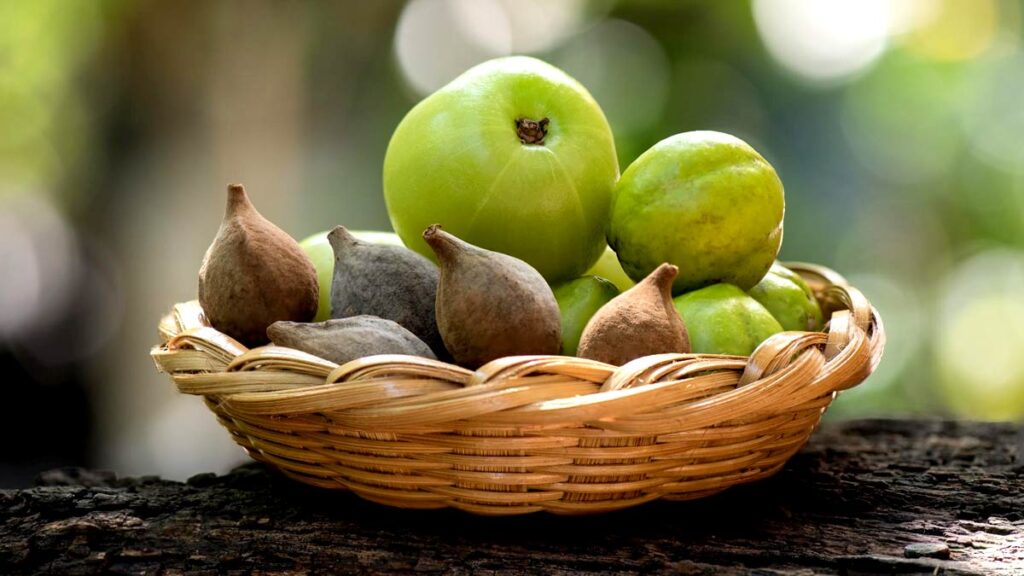
Pimples
Add two parts of Triphala powder with one part of pure turmeric powder. Make a paste of this adding water and apply on the face. Cleanse the face with lukewarm water after one hour.
Damaged Nails:
One part of the cooking soda with three parts of Triphala powder should be mixed. Take a sufficient quantity of this powder and mix it with water. Apply on the nails twice a day. It will arrest damaged nails.
Piles, Constipation:
Mix 150 grams of triphala powder and 50 grams of sunamukhi powder. Depending upon the gravity of the problem, take half to one spoon of this powder with honey or water at bedtime. Good results are achieved.
Those suffering from piles, in addition to consuming the powder as above, should do one more. Take 400 ml of water and add 50 to 100 grams of triphala powder. Boil it to reduce up to 100 ml. Take a tub with water and add this solution after filtering it.
One should sit for about 20 minutes in the tub. The anus area should be in the water. This should be done after passing stools. Mix triphala powder with castor oil. Apply the paste to the anus to relieve pain.
To Reduce Obesity
Add 5 grams of triphala powder to 200 ml of water and a piece of smashed ginger. Keep it overnight. In the morning boil water till it is reduced to half. Add half a piece of lemon to this water and consume it daily. It will burn fat in the body and obesity will be reduced.
Unwanted body substances will be dematerialised by using this water.
Grey Hair to Black Hair
Take a big bowl. Add one kilo of sesame oil, 125 grams of triphala powder and powder of mango seed of 125 grams. Keep it for one week. Mix it well twice a day. Filter the oil. This can be used as hair oil. It will reduce black hair turning grey at a young age. Application of this oil will also glitter and smoothen the hair.
Blisters, Boils
Take these three fruits. Burn till they become ash. This powder should be added to honey or sesame oil and applied to the blisters and boils to obtain good results. Itching and burns of the body will also be reduced.
Triphala Decoction or Extract
Take half a litre of water. Add 10 grams of this powder. Boil it, cool it and filter it. This is called triphala decoction. If this is used externally, wounds and blisters will extinct. If used as mouth lotion, it will reduce blisters and swelling of the throat. Take a cotton bud or clean cloth. Dip the same in the lotion. If applied to the eyes, it will reduce conjunctivitis.
Take this decoction and warm it to a lukewarm temperature. Apply to the scalp. Rinse the hair with lotion. Hair will be smooth, glittering and fine. There will not be a dandruff problem at all.
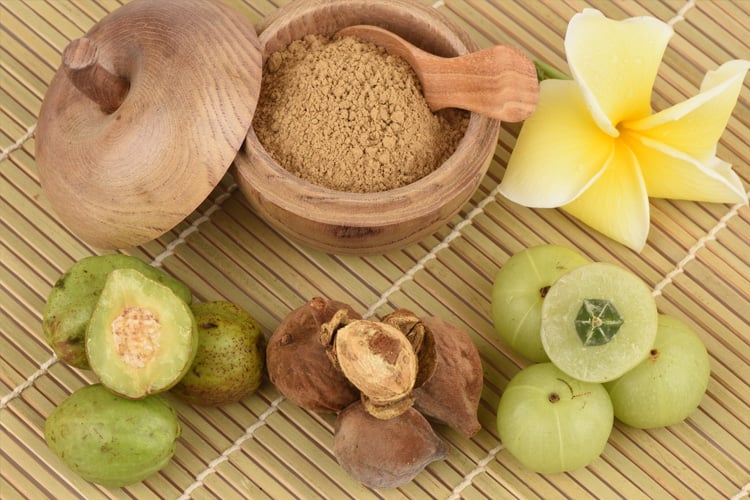
Excessive Sweating
Mix 30 grams of triphala powder, 10 grams of dry ginger, 10 grams of thugamustala powder, 10 grams of atimadhura powder, add 10 grams of jatamaamsi powder if suffering from mental tension. Take one or two grams of this powder mixed in 50 ml of water three times a day.
Diabetic – Troubles
Mix two or three grams of triphala powder in 50 ml of water and take it twice a day in the morning and in the evening. This will not only help reduce the sugar levels but will also be beneficial to arrest future complications arising out of sugar levels such as problems in the brain, veins, eyes, skin, kidneys etc.
Normal diseases associated with diabetes such as urinary diseases, reproductive organ diseases, and fungus diseases, will be cured.
Dental Problems
Use Triphala as toothpowder once a day. It will reduce tooth-related problems such as pain, swelling, oozing blood, etc. The teeth will become stronger and healthy. Triphala is used in other medicines like mahthriphaladigrutham, thriphalasava, thriphalagugglu, sapthamruthaloham, etc.
Triphala powder is available in Ayurvedic shops and also online. These are some of the remedies to be used. Those who want to follow these remedies may consult a Doctor for more suggestions.
Explore – Cow Based Medicines


